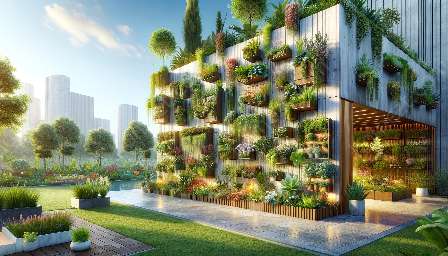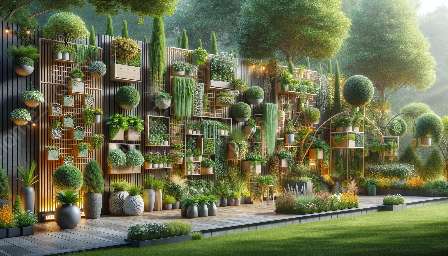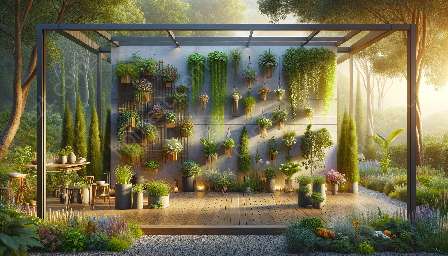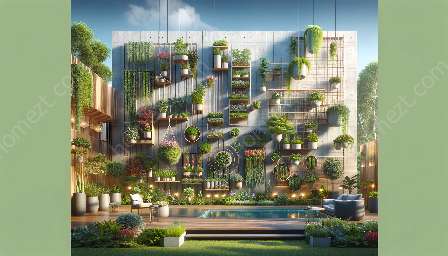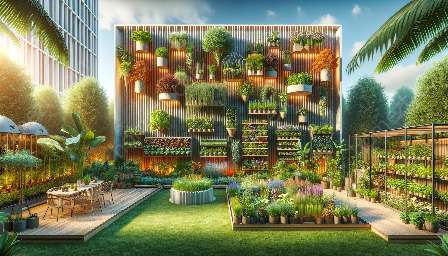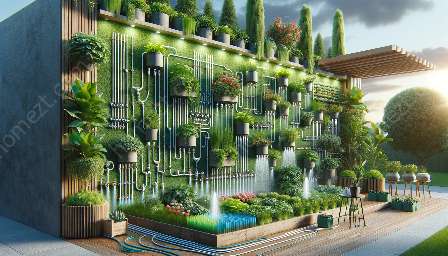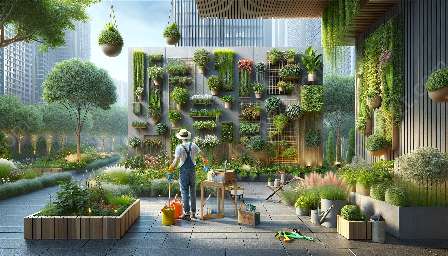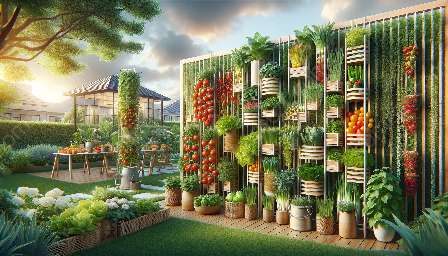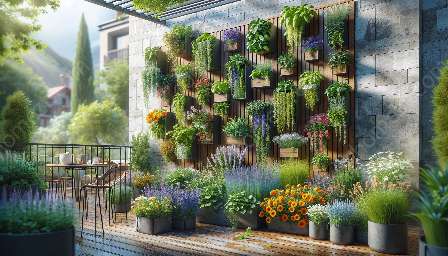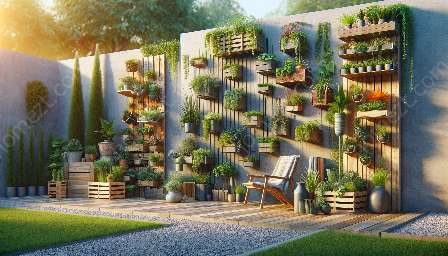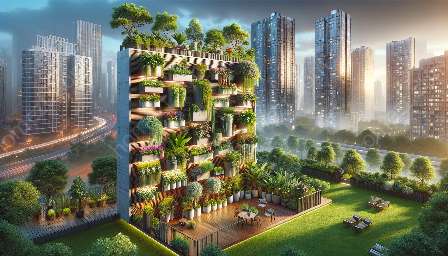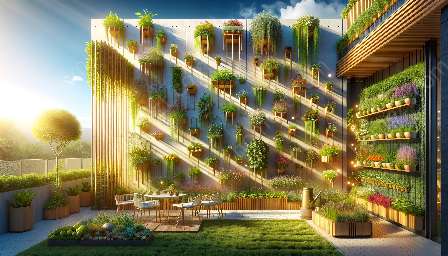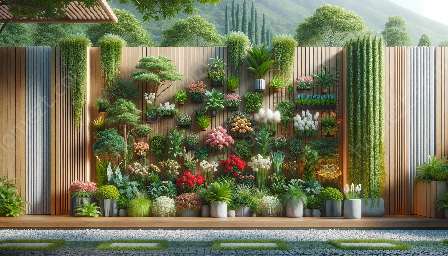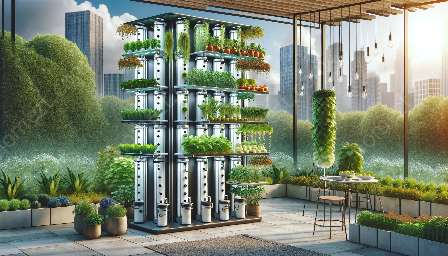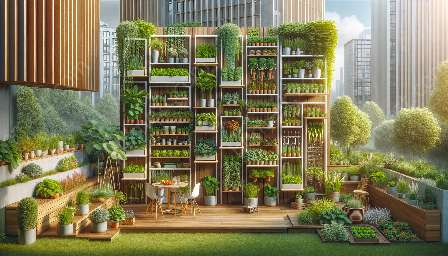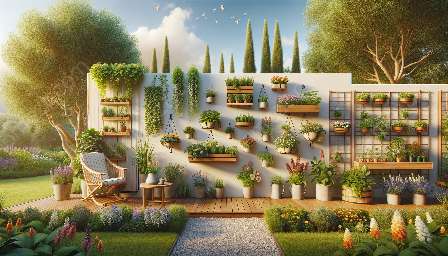Vertical gardening has become a popular trend for adding greenery and life to smaller spaces, balconies, and even indoor areas. The concept of vertical gardens is not only visually appealing but also offers numerous benefits, such as improving air quality, providing insulation, and creating a relaxing environment. While the idea of creating a vertical garden may seem daunting, it is entirely feasible, even on a budget. In this comprehensive guide, we will explore various techniques, tips, and budget-friendly approaches to help you design and build your own stunning vertical garden.
Understanding Vertical Gardening
Before diving into the specifics of creating a vertical garden, it’s essential to understand the concept and benefits of vertical gardening. Unlike traditional gardens, vertical gardens are designed to grow plants upward, using structures such as walls, trellises, or planters. This allows you to maximize your space and introduce greenery in areas where traditional gardens may not be feasible. Vertical gardens can be both outdoor and indoor, and can range from lush living walls to compact planters and hanging gardens.
The Benefits of Vertical Gardens
Vertical gardens offer a range of benefits beyond their visual appeal. They can help improve air quality by absorbing pollutants and carbon dioxide while releasing oxygen. The plants in a vertical garden also offer insulation, reducing the interior temperature of buildings and providing energy-saving benefits. Additionally, vertical gardens can contribute to biodiversity and habitat enhancement, especially in urban environments. Research has shown that having access to green spaces, including vertical gardens, has a positive impact on mental well-being, reducing stress and increasing overall happiness.
Designing Your Vertical Garden
Creating a budget-friendly vertical garden starts with thoughtful design. Whether you have a small balcony or a spacious backyard, it’s important to plan the layout and choose suitable plants based on the available space, lighting conditions, and climate. Consider factors such as the weight of the structure, irrigation needs, and maintenance requirements. You can opt for a DIY approach or explore ready-made vertical garden systems, such as modular planters or vertical garden kits, which are often designed with budget-conscious gardeners in mind.
Choosing Suitable Plants
The selection of plants for your vertical garden will depend on various factors, including the available space, light exposure, and climate. Look for plants that are known for their vertical growth habits, such as trailing vines, compact shrubs, and climbers. Consider incorporating a mix of flowering plants, herbs, and foliage to add color and texture to your vertical garden. Research each plant's water and maintenance requirements to ensure that they are suitable for your chosen location and lifestyle.
Materials and Budget-Friendly Solutions
When creating a vertical garden on a budget, it’s essential to explore cost-effective materials and solutions. Repurposing items such as pallets, wooden crates, or old gutters can serve as excellent planters or support structures for your vertical garden. Seek out local nurseries or community gardens that offer affordable or discounted plants. Consider using lightweight potting mix and incorporating a drip irrigation system to minimize water usage and maintenance. Additionally, DIY enthusiasts can find inspiration in upcycling household items, such as mason jars, shoe organizers, and even picture frames, to create unique vertical plant displays.
Installation and Maintenance
Once you have finalized the design and gathered the necessary materials, it’s time to install and maintain your vertical garden. Depending on the chosen structure, ensure that it is securely anchored and can support the weight of the plants and soil. Implement a suitable irrigation system to ensure proper watering, especially for higher installations. Regular maintenance, such as pruning, fertilizing, and pest control, is essential to keep your vertical garden healthy and thriving. Remember to monitor the condition of the plants and make adjustments as needed, taking into account seasonal changes and growth patterns.
Enhancing Your Living Space
As you witness your vertical garden come to life, take the opportunity to enhance your living space further. Consider incorporating additional elements, such as decorative lighting, seating, and complementary outdoor décor, to create a harmonious and inviting environment. Be mindful of the overall aesthetics and functionality of your space, ensuring that your vertical garden blends seamlessly with its surroundings.
Sharing Your Experience
Finally, consider sharing your experience and knowledge with others who are interested in creating their own vertical gardens. Engage with the gardening community through social media, local workshops, or by offering insights and tips based on your own journey. Your passion for vertical gardening and your budget-friendly approach can inspire and motivate others to embark on their own green endeavors.
Conclusion
Creating a stunning vertical garden on a budget is an achievable and rewarding project that allows you to embrace nature in unconventional spaces. By understanding the principles of vertical gardening, thoughtful design, and cost-effective solutions, you can transform your living environment into a thriving oasis of greenery. As you embark on this journey, remember to enjoy the process and the rewards that come with nurturing and witnessing the growth of your vertical garden.

